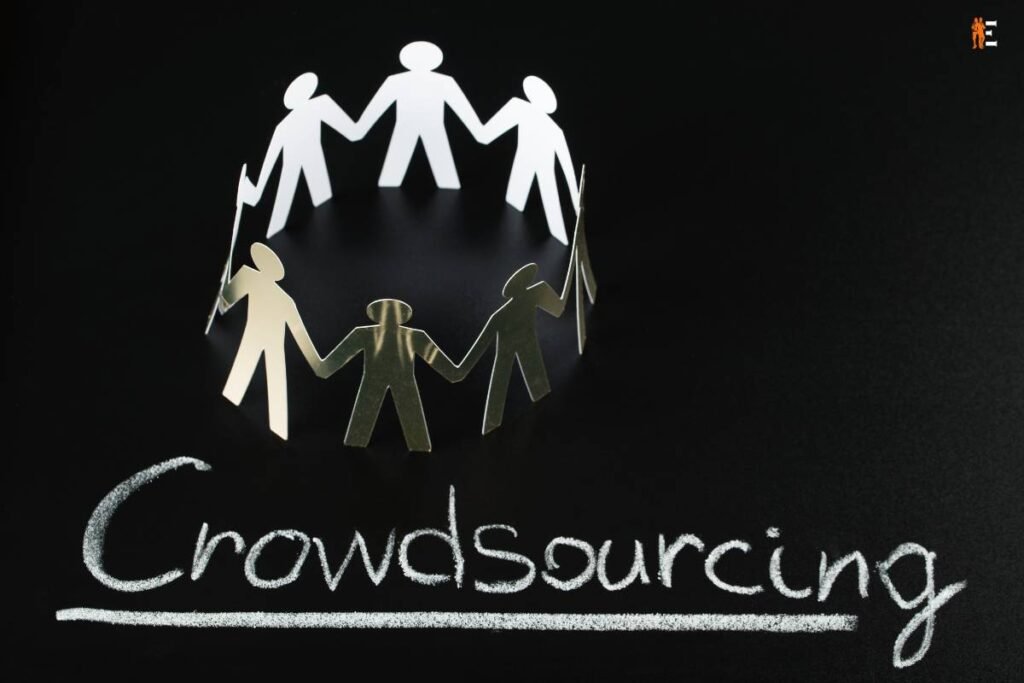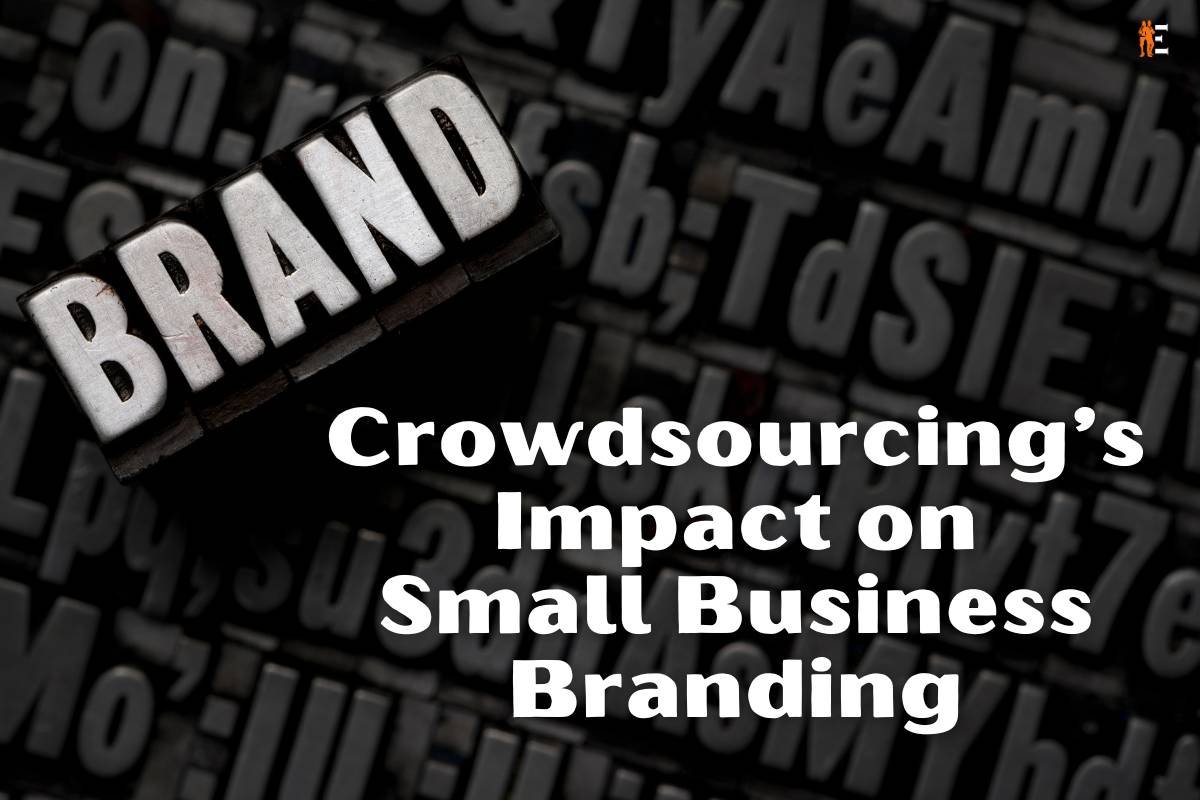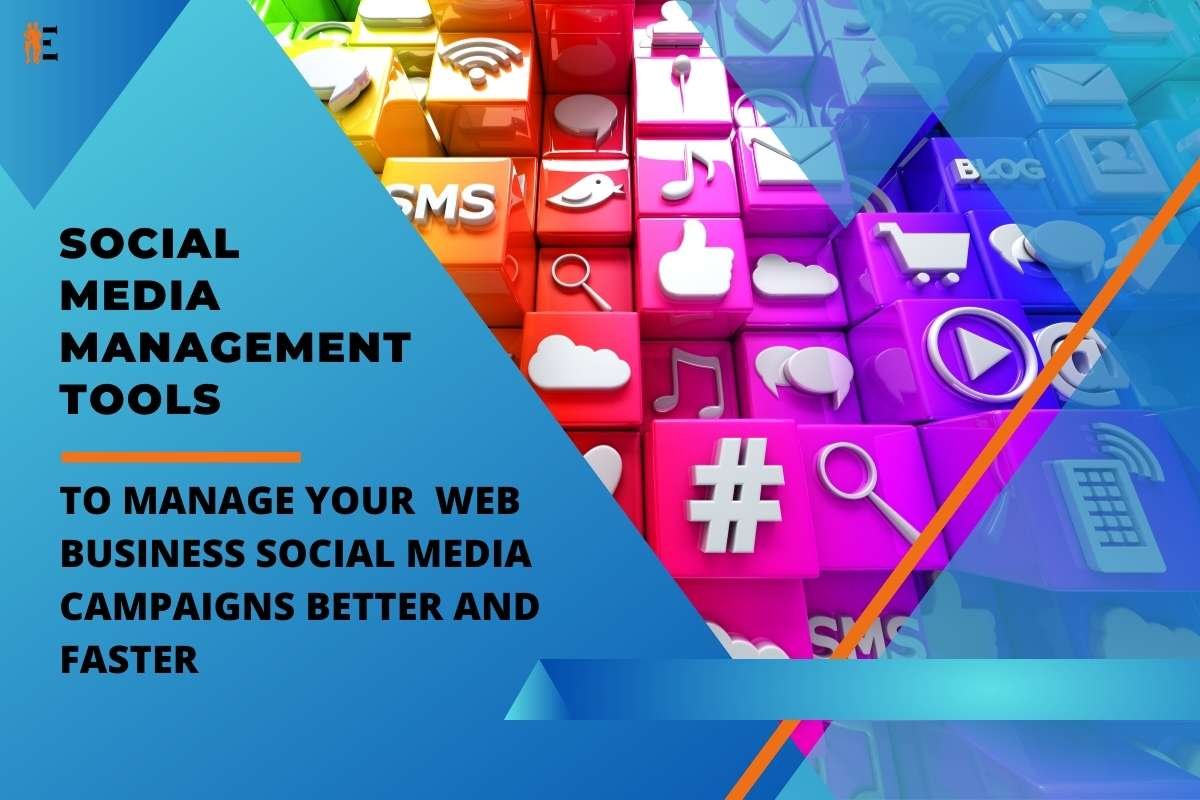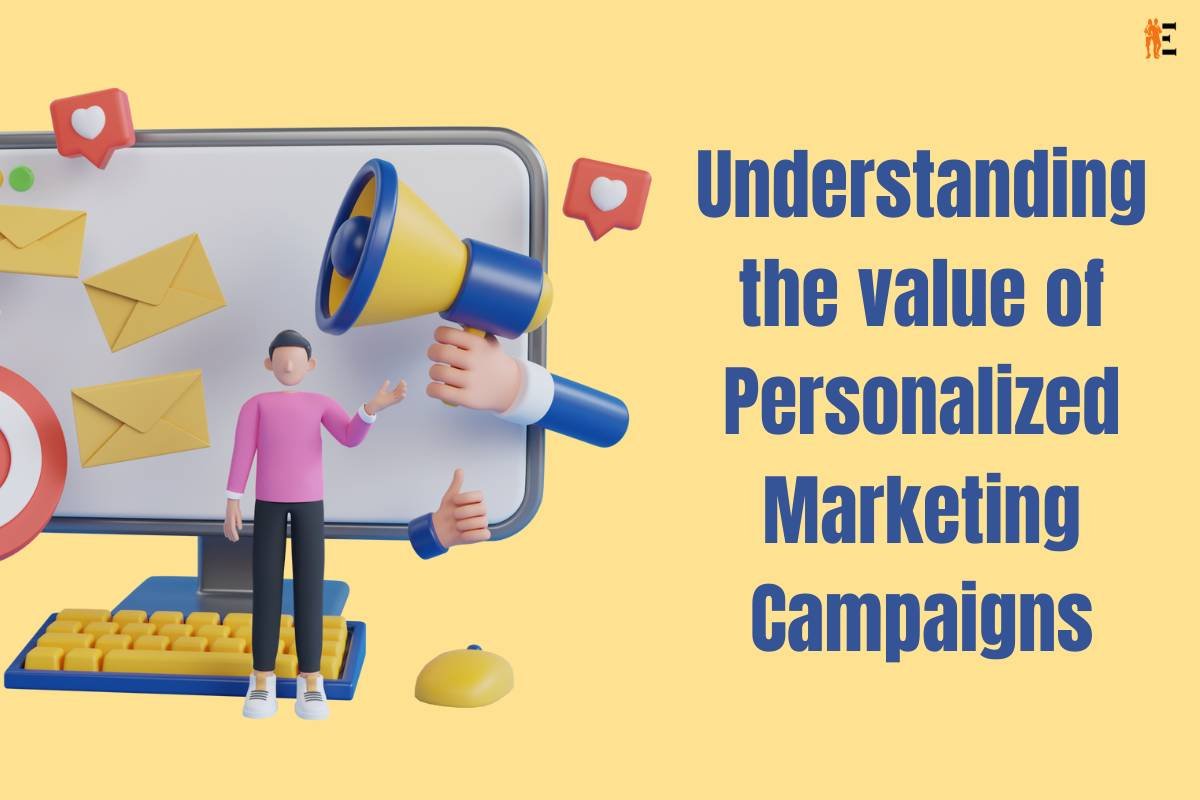In recent years, crowdsourcing has become a popular practice for small businesses looking to enhance their branding efforts. Crowdsourcing refers to the practice of outsourcing tasks or ideas to a large group of people, often through an online platform, in order to tap into the collective wisdom of the crowd. This can include anything from designing a logo to generating ideas for a marketing campaign.
The impact of crowdsourcing for small business branding has been significant, as it allows companies to access a wider range of creative ideas and perspectives than they might be able to generate in-house. In this article, we will explore the ways in which crowdsourcing has affected small business branding, including the benefits and challenges associated with this approach.
Here are 3 Things to Know About Crowdsourcing for Small Business Branding:
1. Benefits of Crowdsourcing for Small Business Branding:

- Cost-Effective: Crowdsourcing can be a cost-effective way for small businesses to enhance their branding efforts. By outsourcing tasks to a large group of people, businesses can often receive a greater number of ideas and solutions for a lower cost than they would by hiring a professional marketing agency or graphic designer.
- Diverse Perspectives: Crowdsourcing allows small businesses to tap into a diverse range of perspectives and ideas. By casting a wide net and inviting contributions from anyone, anywhere in the world, small businesses can gain fresh insights and creative ideas that they may not have considered otherwise.
- Increased Engagement: Crowdsourcing can also increase engagement with a small business’s brand. By involving customers, fans, and other stakeholders in the branding process, businesses can build a sense of community and loyalty around their brand. This can lead to increased engagement and loyalty, which can ultimately result in higher sales and revenue.
- Rapid Turnaround: Crowdsourcing can also be a fast and efficient way to generate ideas and solutions. With the help of online platforms and tools, businesses can quickly gather feedback and ideas from a large group of people, allowing them to iterate and refine their branding efforts in real time.
2. Challenges of Crowdsourcing for Small Business Branding:
- Quality Control: One of the biggest challenges of crowdsourcing for small business branding is maintaining quality control. With so many different contributors offering ideas and solutions, it can be difficult to ensure that the final product meets the company’s standards and reflects its values.
- Intellectual Property: Another challenge of crowdsourcing is managing intellectual property. Small businesses must be careful to protect their brand assets and ensure that any contributions they receive through crowdsourcing do not infringe on existing trademarks or copyrights.
- Risk of Negative Feedback: Crowdsourcing also carries the risk of negative feedback or backlash. If contributors feel that their ideas have been disregarded or that their contributions have been misused, they may respond with negative feedback or even boycott the brand altogether.
- Time-Consuming: Crowdsourcing can also be a time-consuming process. It requires careful planning, management, and communication in order to effectively harness the power of the crowd. Small businesses may need to invest significant time and resources into crowdsourcing efforts in order to achieve the desired results.

3. Best Practices for Crowdsourcing for Small Business Branding:
- Set Clear Goals: To get the most out of crowdsourcing, small businesses should set clear goals and objectives. This includes defining the problem or challenge that they are trying to solve, as well as outlining the desired outcome and criteria for success.
- Engage with Contributors: Small businesses should also take an active role in engaging with contributors and fostering a sense of community around their brand. This can include offering incentives for participation, providing regular updates on the progress of the project, and acknowledging and rewarding the contributions of individual contributors.
- Maintain Quality Control: Small businesses must also prioritize quality control when crowdsourcing for branding purposes. This includes setting clear guidelines and criteria for contributions, as well as monitoring and evaluating contributions to ensure that they align with the company’s values and meet its standards.
- Protect Intellectual Property: Small businesses must also take steps to protect their intellectual property when crowdsourcing for branding purposes. This includes creating clear agreements with contributors regarding ownership and use of their contributions, as well as performing due diligence to ensure that contributions do not infringe on existing trademarks or copyrights.
- Communicate Clearly: Effective communication is key to successful crowdsourcing for small business branding. Small businesses should be transparent and clear in their communication with contributors, including providing clear guidelines and instructions, offering feedback and support, and responding to questions and concerns in a timely and professional manner.
Case Study: Crowdsourcing for Small Business Branding
One example of successful crowdsourcing for small business branding is the case of Airbnb. In 2014, Airbnb launched a crowdsourcing campaign to redesign its logo, with the goal of creating a more modern and versatile design that would reflect the company’s values and mission.

The campaign invited designers from around the world to submit their ideas for a new logo, with the winning design to be chosen by a panel of judges. The campaign generated over 340,000 submissions from designers in 191 countries, and the winning design was ultimately chosen from a shortlist of five finalists.
The new logo, which features a simple, stylized representation of the letter “A,” has since become an iconic symbol of the Airbnb brand. The crowdsourcing campaign not only helped Airbnb to achieve its branding goals but also generated significant media attention and engagement with the company’s brand.
BOTTOM LINE
Crowdsourcing can be a powerful tool for small businesses looking to enhance their branding efforts. By tapping into the collective wisdom and creativity of a large group of people, businesses can gain fresh insights and ideas that they may not have been able to generate on their own. However, to maximize the benefits of crowdsourcing, small businesses must also be aware of the challenges and risks associated with this approach, including quality control, intellectual property, and negative feedback. By following best practices and learning from successful case studies, small businesses can effectively leverage crowdsourcing to enhance their branding efforts and achieve their goals.











